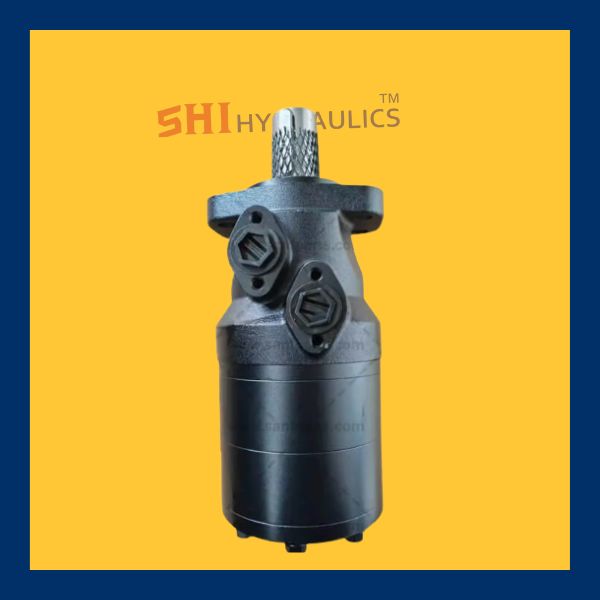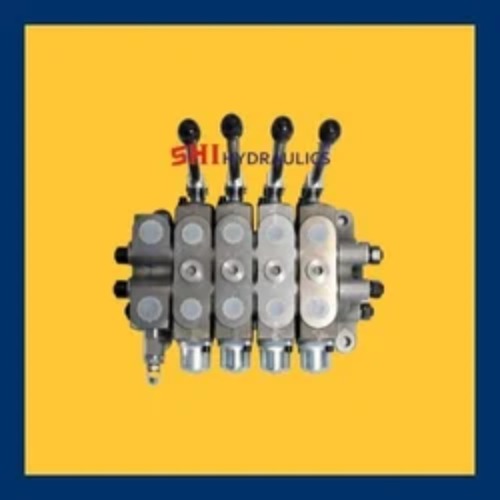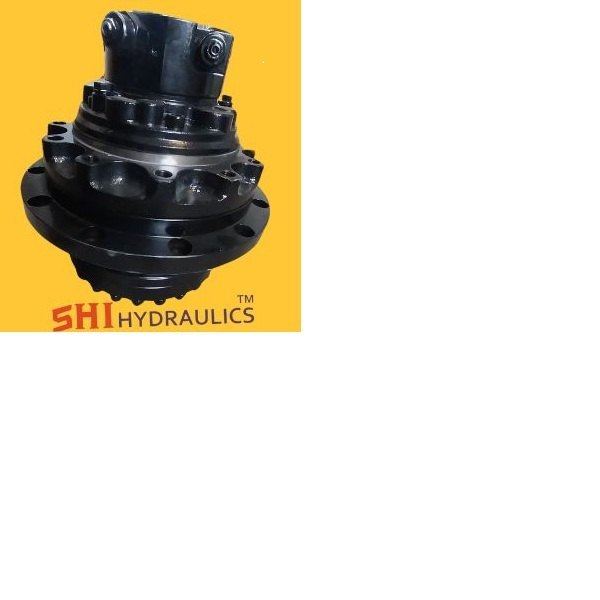Description
Product details
A control valve is a mechanical device used to regulate the flow, pressure, temperature, or level of a fluid (liquid, gas, or steam) within a system. It operates by varying the size of the flow passage in response to a control signal, ensuring precise process control in industries such as oil & gas, power generation, water treatment, and manufacturing. Key Components of a Control Valve Valve Body – The main casing that houses the internal components and provides a passage for fluid flow. Actuator – The mechanism (pneumatic, electric, or hydraulic) that moves the valve to adjust flow. Valve Plug or Disc – The movable part that regulates the flow by opening, closing, or throttling the passage. Stem – Connects the actuator to the valve plug for movement control. Positioner (Optional) – Ensures precise control by adjusting the actuator’s position based on control signals. Types of Control Valves Globe Valve – Provides accurate flow control with a linear motion plug. Ball Valve – Uses a rotating ball with a hole to control fluid flow, offering quick shut-off. Butterfly Valve – Features a rotating disc for efficient flow regulation in large pipes. Diaphragm Valve – Utilizes a flexible diaphragm to control flow, ideal for corrosive fluids. Needle Valve – Designed for fine flow adjustments in small-diameter pipelines. Pressure Relief Valve – Prevents overpressure by releasing excess fluid when necessary. Common Applications Industrial Process Control – Regulates flow and pressure in chemical, power, and manufacturing plants. Water Treatment – Controls water distribution and filtration processes. Oil & Gas Industry – Used in pipelines, refineries, and offshore drilling operations. HVAC Systems – Manages heating, cooling, and ventilation flow rates. Pharmaceutical & Food Processing – Ensures precise flow control for hygiene and efficiency.






